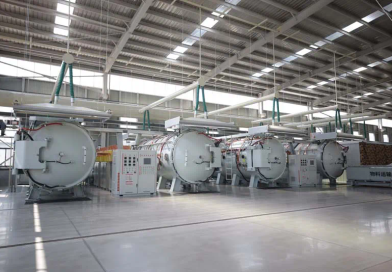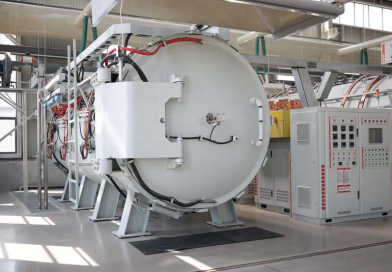Изучение возможностей расширения рынка оптовой торговли женскими пуховиками представляет собой стратегически важную задачу для модернизации и укрепления позиций в текстильной
ANIMALS LIFE

Cat Loves Giving His Pig Friends Massages
Lorem ipsum dolor sit amet, consectetur adipiscing elit. Atqui eorum nihil est eius generis, ut sit in fine atque extrerno
RECENT NEWS

Giant tortoise who helped save species retires in Galapagos Islands
Lorem ipsum dolor sit amet, consectetur adipiscing elit. Atqui eorum nihil est eius generis, ut sit in fine atque extrerno
TRENDING NEWS
EXPERIENCES

Flipping a molecular switch can turn warrior ants into foragers
Lorem ipsum dolor sit amet, consectetur adipiscing elit. Atqui eorum nihil est eius generis, ut sit in fine atque extrerno
HEALTH NEWS

Save the all Animal
Lorem ipsum dolor sit amet, consectetur adipiscing elit. Atqui eorum nihil est eius generis, ut sit in fine atque extrerno

How to Travel to Australian Forest
Lorem ipsum dolor sit amet, consectetur adipiscing elit. Atqui eorum nihil est eius generis, ut sit in fine atque extrerno

Fecal transplants might help make koalas less picky eaters
Lorem ipsum dolor sit amet, consectetur adipiscing elit. Atqui eorum nihil est eius generis, ut sit in fine atque extrerno

We’ve lost 3 billion birds since 1970 in North Side
Lorem ipsum dolor sit amet, consectetur adipiscing elit. Atqui eorum nihil est eius generis, ut sit in fine atque extrerno





















